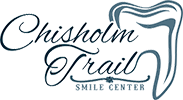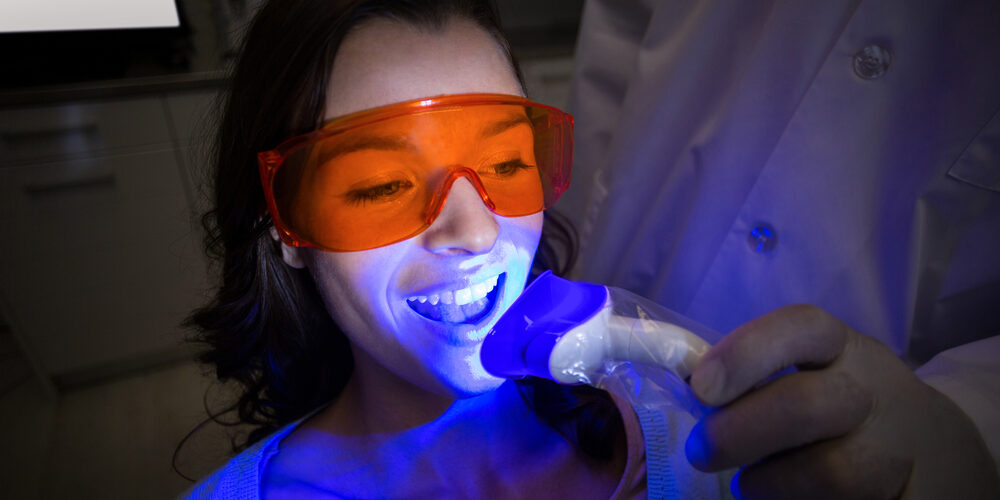Dentistry has a long history. Throughout the decades, as new information was discovered, dentists incorporated those methods into their practice. Today, as the field of dentistry continues to advance, our team at Chisholm Trail Smile Center strives to evolve with it. By doing so, we can offer our patients the most accurate, minimally invasive care available. Here, Dr. Matthew Bridges explores laser dentistry and discusses the different types of lasers used today.
Has it been a while since you’ve been to the dentist? If so, call 580- 255-4880 to schedule a consultation at our Duncan, OK practice. No matter your goals, we can help you achieve and maintain a healthy smile for years to come.
Benefits of Laser Dentistry
Laser dentistry offers a number of advantages for both doctor and patient. Here are a few of the most notable benefits:
• Higher precision
• Less-invasive treatment
• Reduction in bleeding, both during and after the procedure
• Decreased post-operative swelling and discomfort
• Reduced risk of infection and other post-treatment complications
• Faster healing
• No need for scalpels or sutures
Types of Lasers Used in Dentistry
Lasers have been used in the medical field for decades. Now, they are quite common in dentistry as well. Each laser operates at a specific wavelength to achieve the desired outcome. In the sections below, we will discuss three of the primary types of lasers used in the field.
Hard Tissue Lasers
Traditionally, a dental drill was necessary to remove enamel and prepare a tooth for restoration. While certainly effective, many patients experience anxiety regarding the noise and vibrations associated with this type of procedure.
A hard tissue laser functions on a wavelength that is incredibly absorbable by the water, salts, calcium, and phosphate found in bone and teeth. As a result, this type of device is highly efficient for cutting into hard tissue with accuracy and precision. This type of laser is most commonly used to prepare a cavity for a dental filling or to prepare a tooth for a custom restoration, such as a porcelain veneer or dental crown.
Soft Tissue Lasers
Before the advent of lasers, scalpels and stitches were necessary when performing gum surgery or other types of soft tissue procedures. While this achieved the desired goal, recovery often took longer due to the incisions and stitches.
While a hard tissue laser is designed to cut through bone, a soft tissue laser is intended to incise soft tissues. To do this, the device operates on a wavelength that is absorbable by hemoglobin and water.
In addition to heightened precision, a soft tissue laser also cauterizes as it cuts. Therefore, the tissues seal together to reduce the risk of bleeding and bacteria. This type of laser is typically used during cosmetic procedures like gum contouring, and is also used to treat periodontal disease in some cases. The laser targets infected tissue while leaving healthy tissue intact. It also helps activate gum tissue regrowth.
Lasers for Teeth Whitening
Another cosmetic advantage to lasers is that they can be used to expedite the teeth whitening process. For example, patients can undergo Zoom!® teeth whitening at our practice. While the hydrogen peroxide bleaching gel eliminates the stains, the laser used during the process helps achieve the results faster. Laser dentistry can even help customize the whitening process. For example, if there is one tooth that is more discolored than the surrounding teeth, a laser can help bleach with precision.
Contact Chisholm Trail Smile Center
Curious to learn more about laser dentistry? Schedule a consultation at our Duncan, OK practice by calling 580-255-4880.







